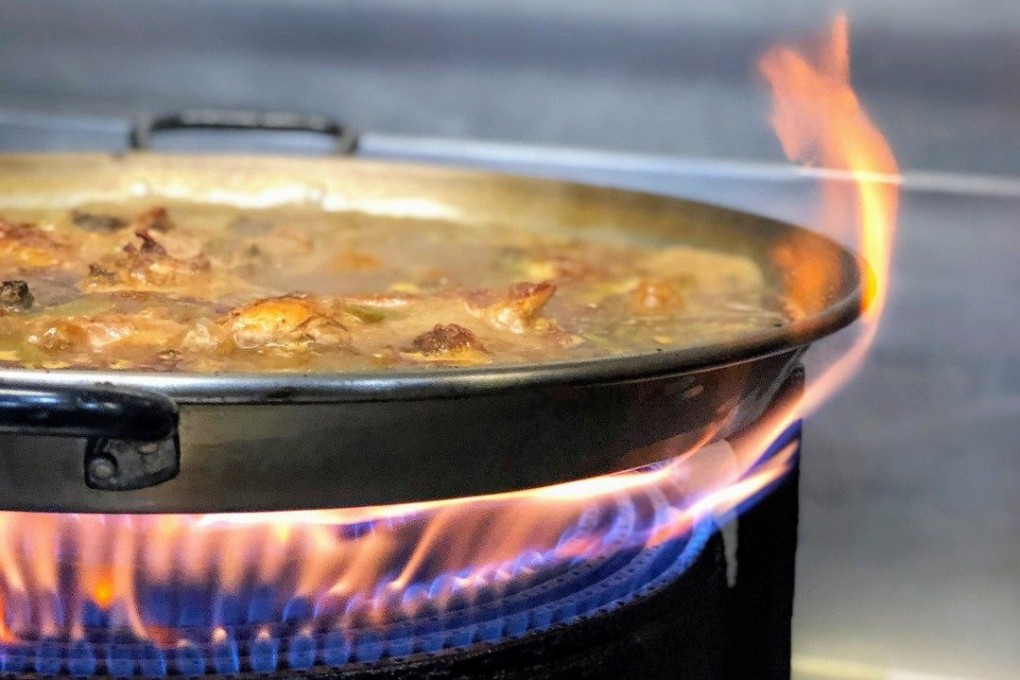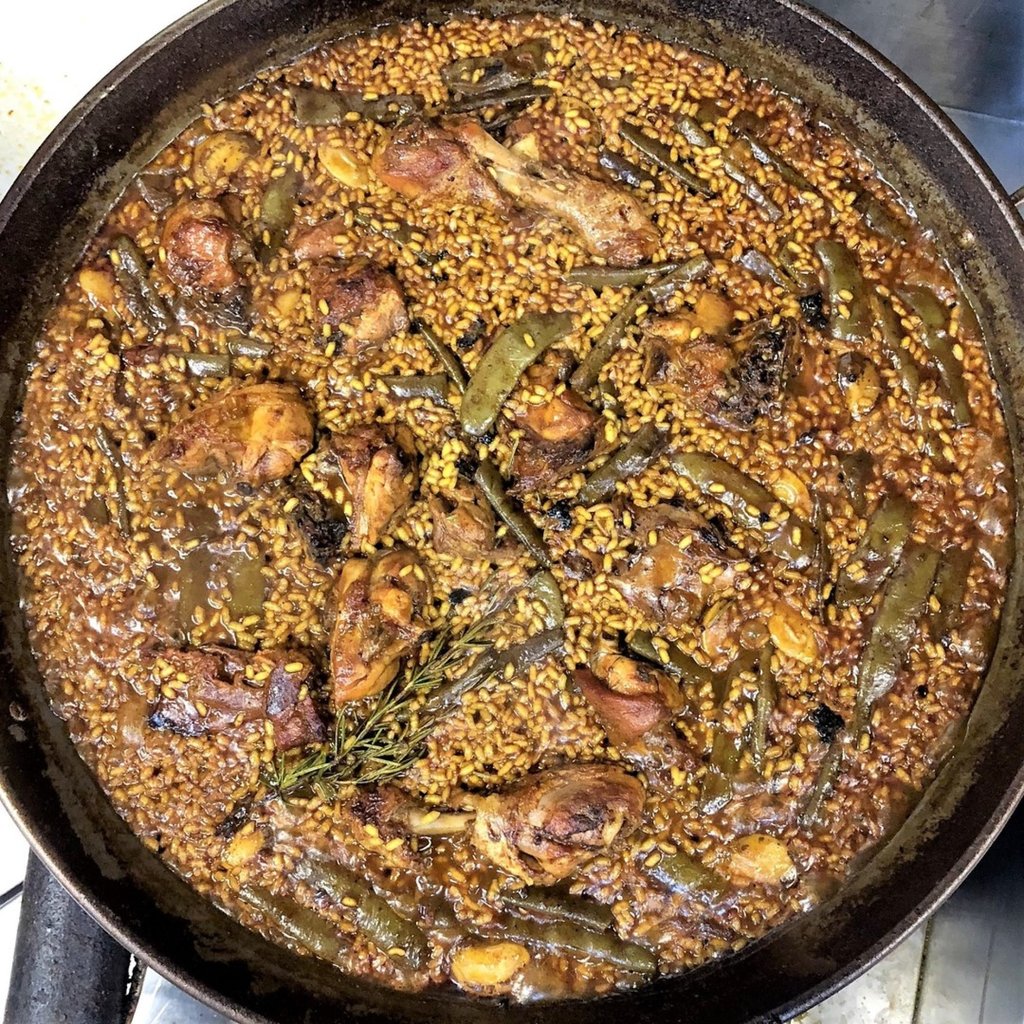A rabbit skull amid the rice means your paella is the real deal. Why, to Valencia, this dish is like ‘the Eiffel Tower to Paris’, and where and how to eat it in the Spanish city
- Valencia is the birthplace of paella, and its people are proud of the rice dish, which is served at many restaurants – including one loved by Ernest Hemingway
- We learn about the dish’s origins, the ingredients that make a paella authentic – don’t be surprised to see a rabbit skull – and where and how to eat it

Valencia, on Spain’s Mediterranean coast, is the country’s third-largest city. As well as being known for its medieval old town, food markets, beautiful beaches and friendly atmosphere, it is the home of one of the world’s most famous dishes: paella.
In the local Valencian language, “paella” refers to the wide, shallow pan with handles in which the rice dish is cooked – although often in forms that would make Valencianos weep.
The dish is much more than just food, however; as a representative from Visit Valencia, the city’s tourism board, tells me, “Paella is to Valencia what the Eiffel Tower is to Paris.”
When in Valencia, you quickly begin to understand why its people are so proud and protective of the dish. I ask my taxi driver from the airport – always the best starting point for recommendations on where to eat in a city – and he rattles off the names of three paella spots, going into forensic detail as to how each is different.

This wasn’t my first visit to Valencia, as my parents once lived there. I remember being slightly stunned in a restaurant when, staring back up at me from the middle of a paella, was a rabbit skull. What I didn’t know then – but do now – is that it was a sign of authentic Valencian paella.